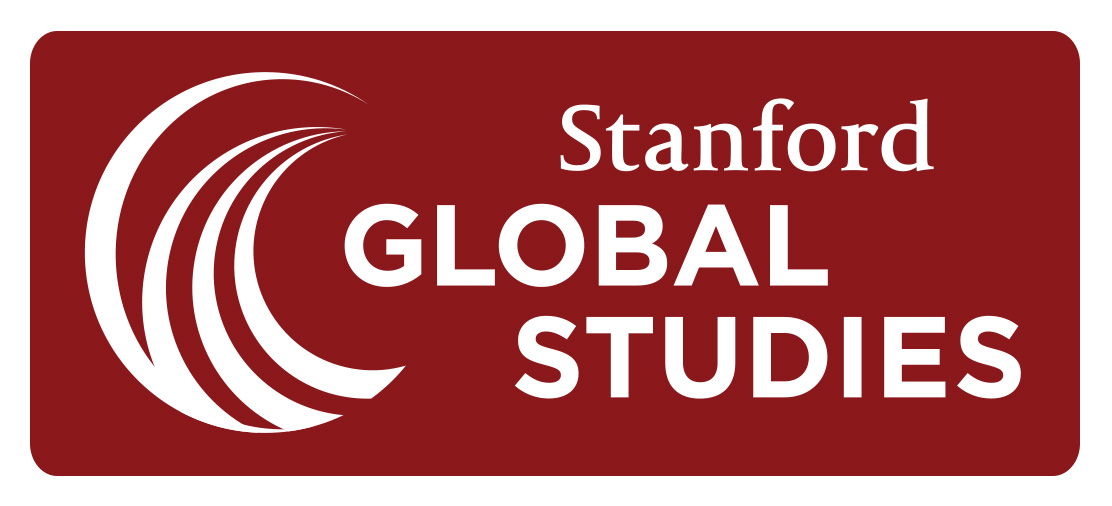47th Annual Conference of the Association for Jewish Studies, in Boston, MA
Jewish Studies & Sociology graduate student Adam Horowitz attended the 47th annual conference of the Association for Jewihs Studies in Boston, MA. On Monday, December 14, he presented his paper on "Obviousness: Conversion, Passing, and the Surprising Benefit of Phenotypic Dissimilarity" in a panel session, entitled "Crossing Religious and Geographic Borders."
Research on phenotype in ethnoracial identity repeatedly affirms that phenotypic similarity to a reference majority is more beneficial for group identification than phenotypic dissimilarity. Social psychological theory, moreover, suggests that increasing similarity to a group’s prototype subsequently signals an individual member’s greater insiderness, and also that phenotype can be a robust indicator of prototypicality. These literatures combine to suggest that phenotypic similarity to and ethnoracial group prototype bolsters identification with that group over phenotypic dissimilarity. In this presentation, I illuminated a counterpoint to this supposition by considering the case of diverse Jewish converts.
Most Jews attain membership is through birth. Jewishness, moreover, is associated with stereotypical phenotypic characteristics, including whiteness. Unlike most ethnoracial groups, however, membership can be attained through a means other than birth, and converts embody a wide range of phenotypes both fitting and defying Jewish stereotypes. Jewish conversion, then, provides a ripe context for assessing the role of phenotypic similarity in structuring felt belonging.
In the presentation, I assessed phenotype’s role in how converts’ perceive of Jewish belonging. If the premises of the phenotype and social psychological literatures are accurate, those most resembling the Jewish phenotypic prototype should attain a sense of belonging among Jews more easily than those who are phenotypically dissimilar. Analysis of in-depth interviews with 101 white, black, Asian, Latino/a, and multiracial Jewish converts in three regionally-distinct metropolitan areas, however, shows that this presumption does not bear out. Rather than leading in achieving a feeling of belonging within Jewishness, those who least resemble Jewish phenotypic stereotypes attain a sense of belonging within Jewishness most easily.
I argued that looking obviously phenotypically different from the Jewish-by-birth majority is the precise mechanism that serves to benefit converts of color. Because phenotype makes them sufficiently ambiguous as to appear Jewish by birth, a portion of white converts engage in a process of trying to “pass” as Jewish by birth. Passers anxiety about the success of their passing ironically delays feeling belonging. Not seeing passing as an option, however, phenotypically-dissimilar converts – those who are black and Asian, in particular – sidestep passing and instead immediately adapt despite their phenotypic difference from the prototype. Through this case, I proposed a refinement to the standard indicated in the phenotype literature: under the right circumstances, it is phenotypic dissimilarity that has identificational value over similarity. When it releases pressure to fit a group prototype, I argued, obvious difference can ease attaining belonging.





